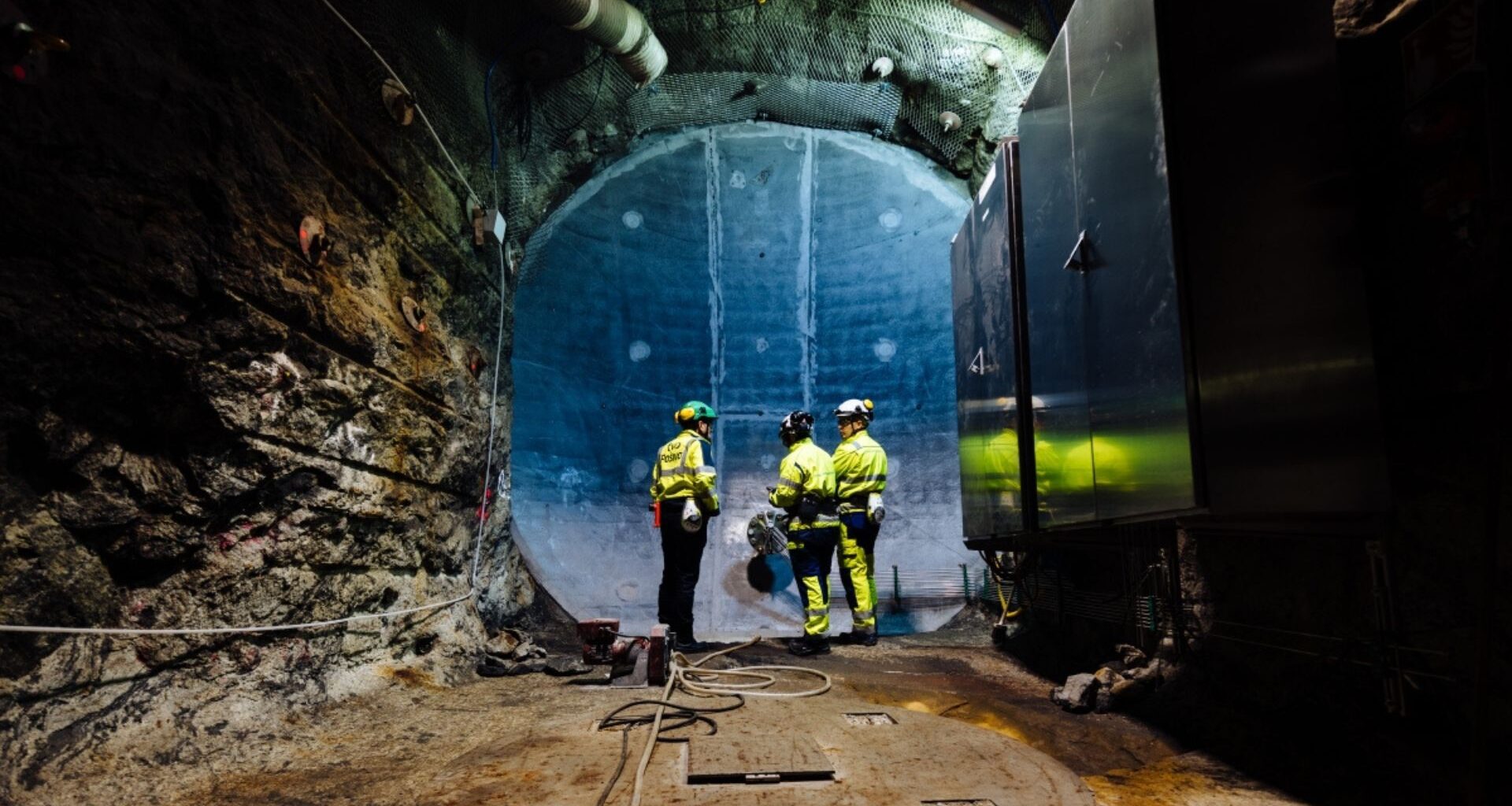Nuclear energy projects are on the rise today globally to move the dependence from fossil fuels to cleaner sources. However, the increasing number of nuclear power projects will give rise to a new problem – nuclear waste.
As nuclear power projects operate there will be an increase in the waste they produce. Spent nuclear fuel would constitute a large part of it, but there will also be the components used in the reactors, which have become radioactive due to the long-term exposure.
Further, there will also be projects which will be decommissioned and the remnants will have to be disposed of in a safe manner.
Underground nuclear waste facilities have emerged as a key measure to take care of the problem. However, questions still remain over how long and safely can these repositories contain the nuclear waste.
MIT’s new study focuses on safe nuclear waste storage
A new study by scientists from MIT aims to improve the confidence among policymakers and the public in the long-term safety of underground nuclear waste disposal.
The study has been conducted by MIT in partnership with Lawrence Berkeley National Lab and the University of Orléans. The study showed that simulations of underground nuclear waste interactions, generated by new, high-performance computing software, aligned well with experimental results from a research facility in Switzerland.
It focuses on the migration behaviors of radionuclides from nuclear waste within various natural and engineered geological materials. It has been co-authored by MIT PhD student Dauren Sarsenbayev and Assistant Professor Haruko Wainwright, along with Christophe Tournassat and Carl Steefel.
The new computational tools, coupled with experiments like those at the Mont Terri research site in Switzerland, will help understand how radionuclides will migrate in coupled underground systems, Sarsenbayev said.
“This research — coupling both computation and experiments — is important to improve our confidence in waste disposal safety assessments,” says Wainwright. “
Mont Terri research site and MIT’s computer model
The Mont Terri research site in northern Switzerland has served as an important test bed for an international consortium of researchers interested in studying materials like Opalinus clay — which is a thick, water-tight claystone abundant in the tunneled areas of the mountain.
Sarsenbayev said that Mont Terri is widely regarded as one of the most valuable real-world experiment sites because it “provides us with decades of datasets around the interactions of cement and clay, and those are the key materials proposed to be used by countries across the world for engineered barrier systems and geological repositories for nuclear waste.”
Tournassat and Steefel developed the high-performance computing software to improve the modeling of interactions between the nuclear waste and both engineered and natural materials.
There are several challenges that limit the understanding of the interaction between nuclear waste and cement-clay barriers. For starters, the barriers are made up of irregularly mixed materials deep underground.
Moreover, the existing class of models used for simulating radionuclide interactions with cement-clay does not take into account the electrostatic effects associated with the negatively charged clay minerals in the barriers.
MIT’s new model accounts for the electrostatic effect, and as per a press release by the university, it is “the only one that can simulate those interactions in three-dimensional space.”
Called CrunchODiTI – the model was developed from established software known as CrunchFlow, and it is designed to run on many high-performance computers at once in parallel.
The 13-year-old experiment that helped the nuclear waste disposal study
The study focused on a 13-year-old experiment with a focus on cement-clay rock interactions. In the years that went by, a mix of negatively and positively charged ions were added to the borehole located near the center of the cement emplaced in the formation.
The researchers focused on a 1-centimeter-thick zone between the radionuclides and cement-clay referred to as the “skin.” They compared their experimental results to the software simulation, finding the two datasets aligned.
“The results are quite significant because previously, these models wouldn’t fit field data very well,” Sarsenbayev said. “It’s interesting how fine-scale phenomena at the ‘skin’ between cement and clay, the physical and chemical properties of which change over time, could be used to reconcile the experimental and simulation data.”
The experimental results showed that the model successfully accounted for electrostatic effects associated with the clay-rich formation and the interaction between materials in Mont Terri over time.
The new model could replace older models that have been used to conduct safety and performance assessments of the underground geological repositories.
The scientists say that these models can help the United States decide the safest way to dispose of nuclear waste in a geological repository.
“Right now, clay is considered an appropriate storage material, but salt formations are another potential medium that could be used,” Sarsenbayev said.
He added that the model allows for the observation of the fate of radionuclides over millennia. “We can use them to understand interactions at timespans that vary from months to years to many millions of years.”
They hope that the study leads to a long-term solution for storing nuclear waste that policymakers and the public can support.
The study has been published in the journal PNAS.
